News
-
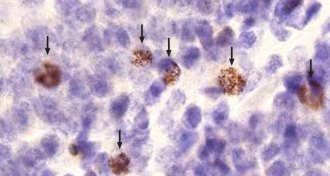 Neuroscience
NeuroscienceYoung rats that use their brain keep more cells alive
Learning a task helps just-born cells survive in a learning and memory center of the rat brain.
-
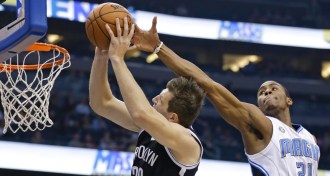 Psychology
PsychologyBasketball players richly rewarded for selfishness in playoffs
Future paychecks trip up teamwork in NBA championship tournament.
By Bruce Bower -
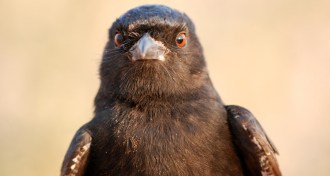 Animals
AnimalsBird mimicry lets hustlers keep cheating
Drongos are false alarm specialists that borrow other species’ warning sounds and freshen up their fraud.
By Susan Milius -
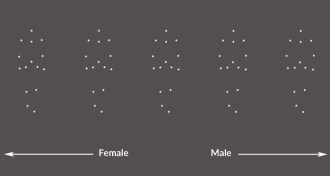 Neuroscience
NeuroscienceHumans can sniff out gender
A new study adds to controversy of whether people have pheromones.
By Meghan Rosen -
 Health & Medicine
Health & MedicineWith help from pig tissue, people regrow muscle
Noncellular material implanted in patients attracts stem cells to fix injuries.
By Nathan Seppa -
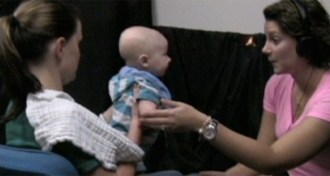 Psychology
PsychologyBabies learn some early words by touch
Tactile cues provided by caregivers give infants a leg up on learning words for body parts.
By Bruce Bower -
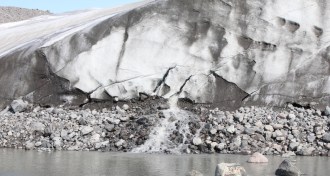 Climate
ClimateGlacial microbes gobble methane
While some bacteria produce methane in Greenland’s melting ice sheet, others may consume the greenhouse gas as it escapes.
By Beth Mole -
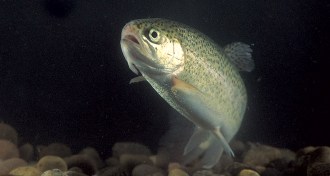 Animals
AnimalsFrustrated fish get feisty
Smaller rainbow trout become more aggressive towards bigger fish when they don’t their usual treats.
By Susan Milius -
 Psychology
PsychologyWord-streaming tech may spell trouble for readers
Technologies like Spritz that display one word at a time on a screen reduce reading comprehension, a new study concludes.
By Bruce Bower -
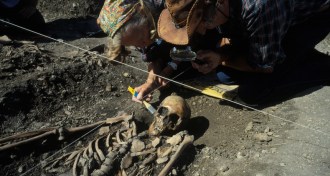 Genetics
GeneticsFarmers assimilated foragers as they spread agriculture
While some European hunter-gatherers remained separate, others mated with the early farmers that introduced agriculture to the continent.
-
 Health & Medicine
Health & MedicineEnzyme may help aspirin protect against colon cancer
Aspirin may not reduce colon cancer risk in people with low levels of a protective enzyme called 15-PGDH.
By Nathan Seppa -
 Quantum Physics
Quantum PhysicsMajor step taken toward error-free computing
Physicists have achieved nearly perfect control over a bit of quantum information, bringing them a step closer to error-free computation.